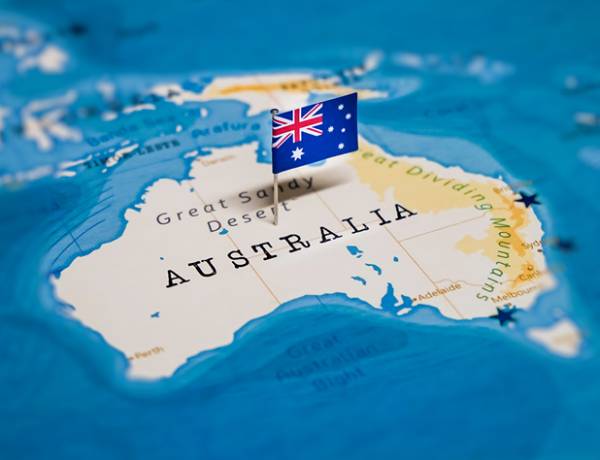The recent decision of NATOWatchbands.com LLC [2021] ATMO 31 illustrates the difficulty in registering surnames and place names as trade marks in Australia.
Background
NatoWatchBands.com, LLC (Nato) sought to register an application for the trade mark, BARTON (Mark), in respect of various jewellery and watch goods in Class 14. During examination, the Examiner raised an objection to the registration of the Mark in accordance with Section 41 of the Trade Marks Act 1995.
The objection was two-pronged with the Examiner forming the view that the Mark was descriptive based on the following:
- BARTON is the name of a suburb in the Australian Capital Territory (ACT) with 1,439 people and housing government departments and institutions, heritage listed buildings, commercial establishments and residential dwellings.
- BARTON is a surname occurring around 5,100 times on the Electoral Roll.
The Examiner therefore determined that other traders may have a legitimate desire to use the Mark with reference to their own goods of the same or similar kind.
Nato had agreed to restrict their goods to watch bands and straps, but this wasn’t deemed sufficient by the Examiner to overcome the objection.
Is Barton a common surname?
The Delegate had to determine if BARTON was sufficiently common as a surname to warrant rejecting the Mark. While there is no hard and fast rule, generally the possibility of a surname objection will arise if the surname appears on the Electoral Roll more than 750 times.
In her reasoning, the Delegate was persuaded that most Australians would view or understand the Mark to be a surname. This was influenced not only by the frequency in which the name appears on the Electoral Roll, but also by the fact that Australia’s first prime minister, Sir Edmund Barton, carried the surname, which would likely increase its recognition amongst Australian consumers.
In determining if there was a likelihood of other traders legitimately wanting to use the name in respect of the goods, the Delegate said that this was to be informed by a number of factors including:
- The frequency of the name in the Australian population;
- Whether the goods are specialised or commonplace;
- Whether there are barriers to entry into the relevant industry; and
- Whether it was common place to use surnames in the relevant industry.
Overall, the Delegate was satisfied that there was a reasonable prospect that other traders may wish to use the surname BARTON on the goods. She was particularly persuaded by her own knowledge of jewellery brands comprising surnames (e.g. Cartier, Chanel) and the fact that in contrast to the mechanical aspect of watches, no special expertise is generally required to produce watch bands and straps.
Where is Barton?
In applying the same test, the Delegate noted that although Barton was not a suburb that belongs in the same category as well-known locations such as Bondi and St Kilda, it was not a purely residential location, but instead has commercial establishments, including luxury spas and fine dining. Therefore, to those who live in the area or around it, the Mark signified a suburb in the ACT.
Because of this, the Delegate decided that a sufficient number of consumers in Australia may form the view that the Mark was a reference to the geographical origin of the goods. The fact that the area was not known to have a particular connection to or affinity for producing the goods, and the relatively small size of the location, was not enough to persuade the Delegate otherwise.
Key points
In the end, it wasn’t all bad news for Nato. While agreeing with the Examiner’s basis for the objection, the Delegate was persuaded by the evidence of use that Nato was able to demonstrate from 2016. The Mark was therefore allowed to proceed to acceptance for a limited range of goods (watch bands and watch straps).
This decision reflects the relatively conservative position that is taken in the examination of trade marks in Australia which comprise possible surname or geographical references. Therefore, it is important for trade mark owners to understand the importance of keeping a good record of their use of the mark on the goods/services in Australia in order to show they have established a reputation through use over time independent of any descriptive connotations.
Intended or projected use is also relevant. While Nato’s sales of the goods in Australia were modest, they were successful in convincing the Delegate that the projected sales and exposure of the Mark were sufficient for registration purposes – particularly because they would be able to participate in the Amazon Brand Registry once the Mark was registered, thereby enhancing their Australian sales.

